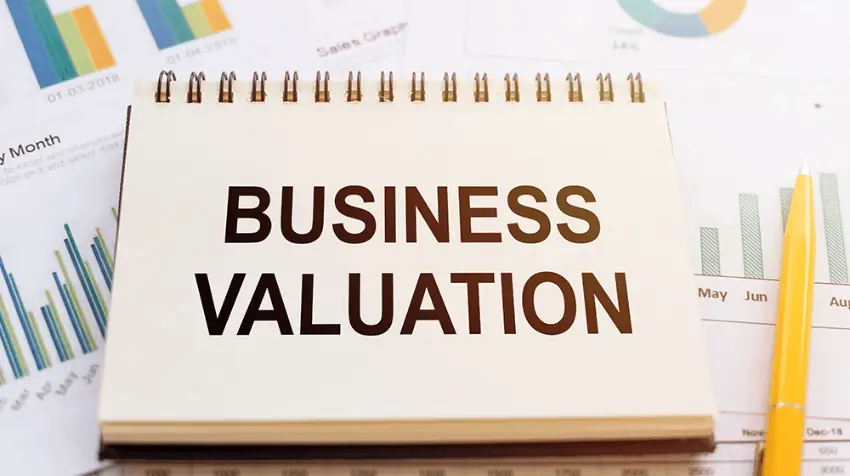The first step in disputes regarding property division is to identify the assets in the balance sheet so there is a clear understanding of what is to be divided.
But how do assets such as a family business get treated?
As family lawyers, we can usually assess whether there is any actual value of a family business through a conference with our client and reviewing some financial documents of the business such as:
- The business financial reports including the profit and loss statements and balance sheet;
- The business tax returns and notices of assessment.
Usually, there is an over valuing of family businesses due to a misunderstanding of how to value “goodwill”. If there is a dispute as to value, an expert valuer may need to be engaged to determine the actual value of the business.
But how do they do that?
The first step in valuing a family business is to obtain the financial records. Usually, a valuer will require the last three years of financial records (if not more). This provides the valuer with an historical review of the operations of the business and also provides evidence of any records being skewed since separation.
Once financial disclosure has been provided, the valuer will consider all of the material and may have interviews with the owners of the business and/or their accountant to get a better understanding of the business.
There are several ways in which a valuation can be conducted, these are as follows:
- Discounted Cash Flow
Discounted Cash Flow is the present value of the expected future streams of cash flow, discounted at a rate which reflects the risks associated with the business as well as interest rates. This method requires a review of the projection of the business into the future which can be difficult to support without any real evidence other than spreadsheets generated of predicted cash flow.
- Notional Realisation of Assets
Notional Realisation of Assets is a consideration of the current assets if they were to be sold.
- Capitalisation of Future Maintainable Earnings;
The Capitalisation of Future Maintainable Earnings is the most common methodology used in Family Law Proceedings as it uses fewer assumptions than what is used in the Discounted Cash Flow method.
This method applies a multiple to the earnings of a business and considers the following factors:
- Estimation of the future maintainable earnings by considering the historical results of the business, general economic outlook and the overall industry;
- Determination of the appropriate capitalisation rate based on the market and the inherent risks in the business and future growth possibilities for the business;
- A review of the other assets of the business. Capitilisation of Future Maintainable Dividends; and
- Value of Net Tangible Assets.
Value of Net Tangible Assets is used for businesses that do not have any goodwill because there are no sufficient profits generated.
- Capitalisation of Future Maintainable Dividends
This method is only used when valuing minority interests.
If you are unsure of whether your family business has any value, the first step would be to speak with your accountant and obtain their opinion. If this opinion is agreed to by the other party, then there may be no requirement to obtain an expert valuation. However it can be useful to obtain an expert valuation to ensure the value that is attributed to the business is accurate.





